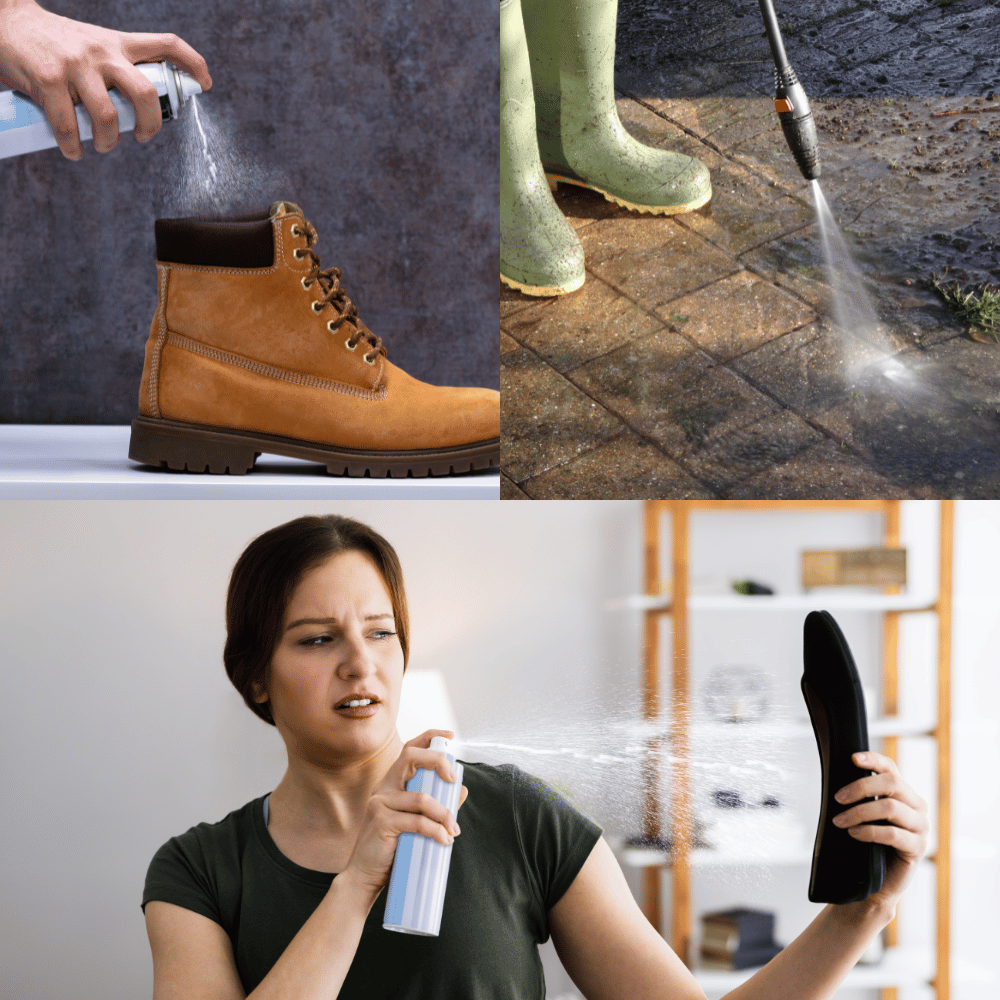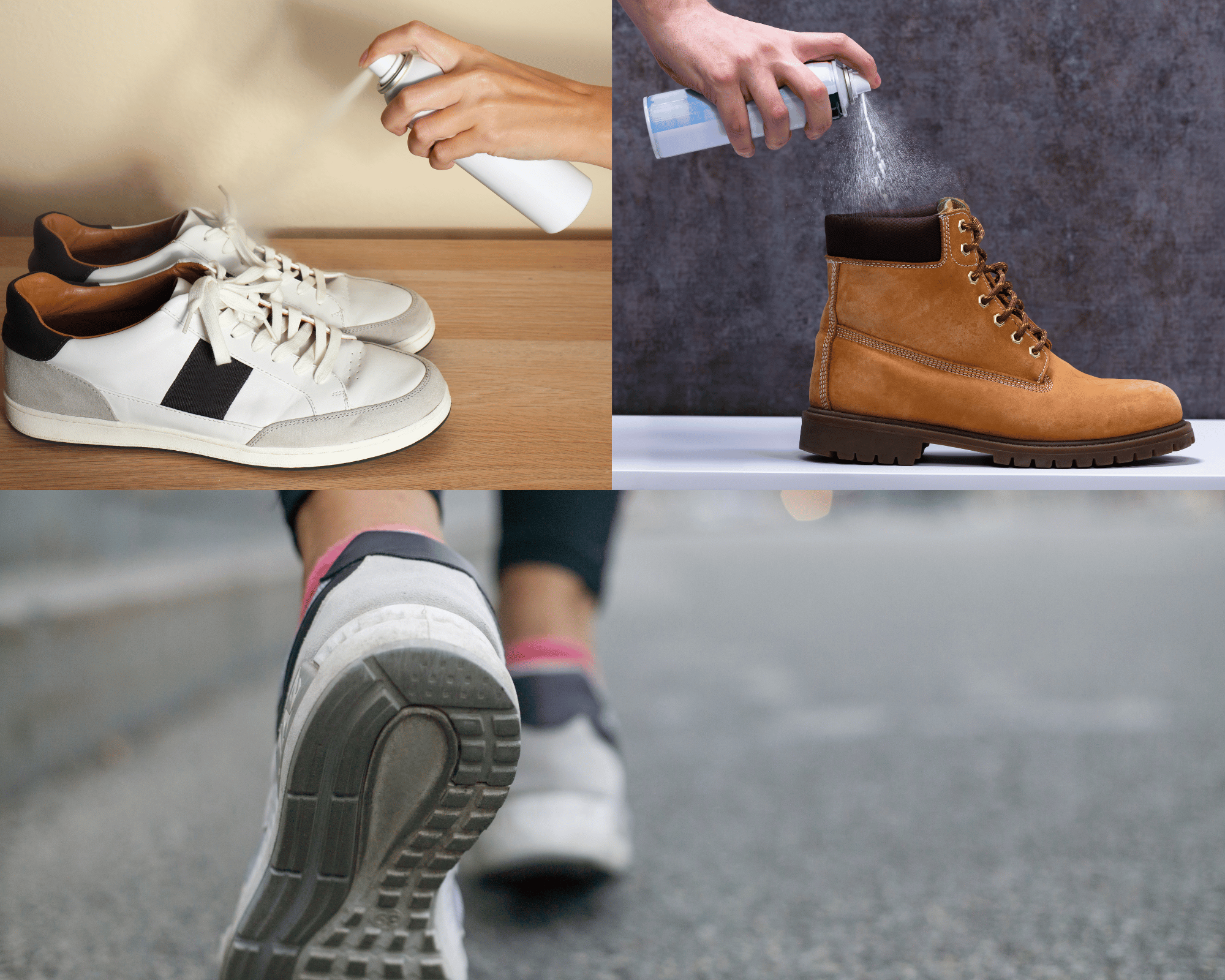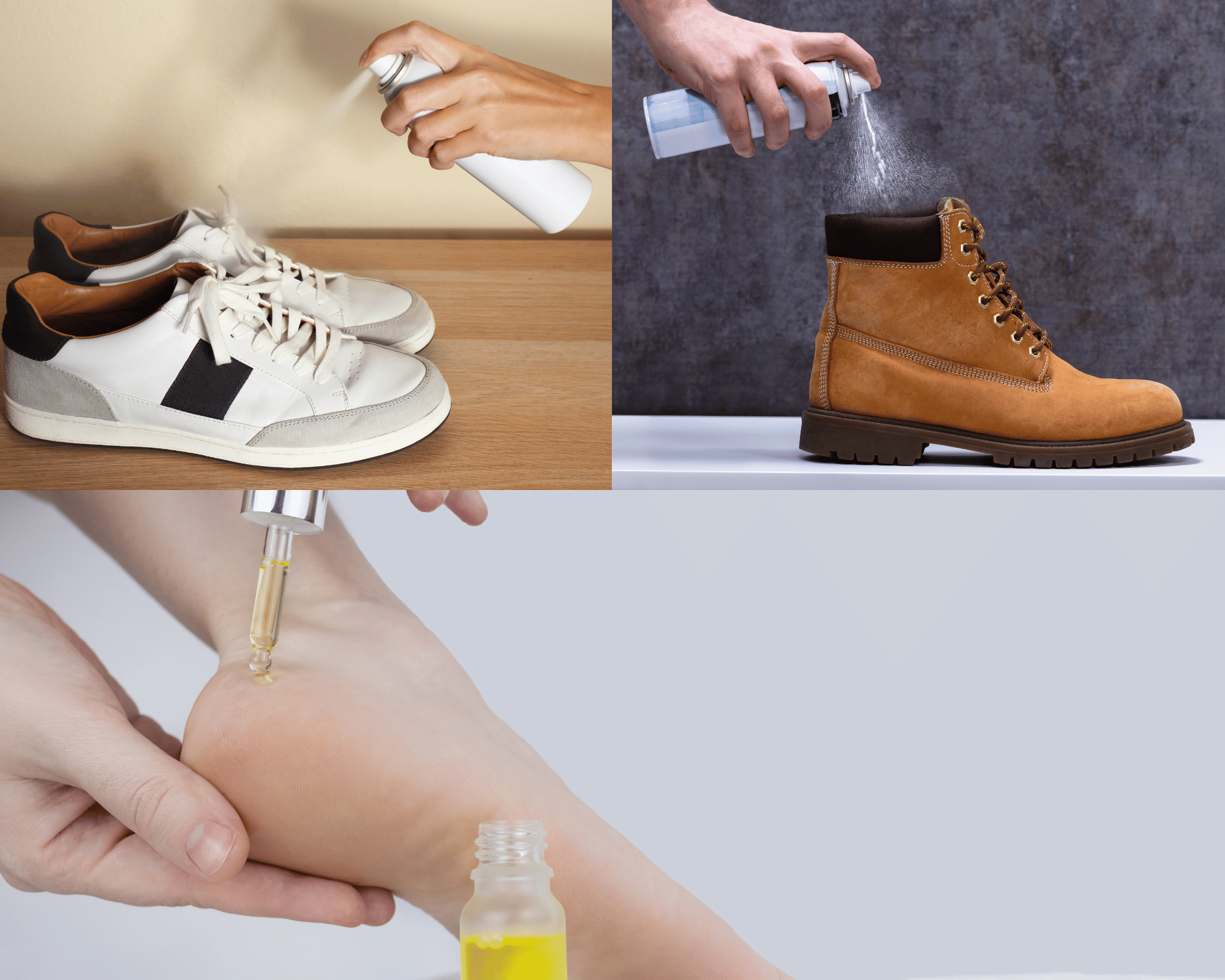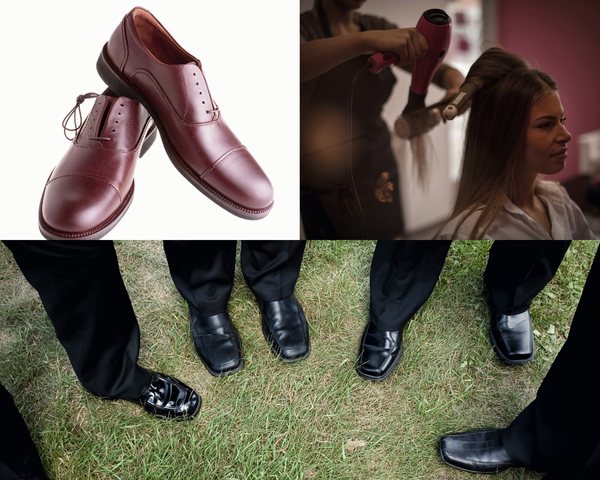Fungal infections can be a persistent nuisance, but with the right treatment, they can be effectively managed. Fungal sprays are a popular choice for their ease of use and quick application. But what exactly are you spraying onto your skin? Let's dive into the world of antifungal ingredients and discover what makes these sprays tick.
Key Takeaways:
- Fungal sprays contain active ingredients like clotrimazole to combat fungal cells.
- Natural alternatives like tea tree oil are also common in fungal sprays for their antifungal properties.
- Understanding the ingredients can help users make informed choices about their fungal treatments.
The Frontline Defenders: Active Ingredients
When it comes to fighting off fungal infections, the active ingredients in your spray are the heavy hitters. One of the most common active ingredients you'll encounter is clotrimazole. This antifungal agent works by attacking the cell membrane of the fungus, effectively stopping its growth and leading to the death of the fungal cell. Clotrimazole is widely used because of its effectiveness against a variety of fungal species, making it a versatile component in your antifungal arsenal.
Another active ingredient you might find is terbinafine, which similarly disrupts the fungal cell's processes. These ingredients are meticulously tested and approved for their safety and efficacy, ensuring that when you reach for that spray bottle, you're using a scientifically-backed weapon against fungal foes.
Nature's Own Antifungal: Tea Tree Oil
In the realm of natural remedies, tea tree oil has gained a reputation for its antifungal prowess. Extracted from the leaves of the Australian tea tree, this essential oil has been used for centuries to treat a range of ailments. Its inclusion in fungal sprays is due to its proven ability to kill certain types of fungi at the source. Tea tree oil works by permeating the cell wall of the fungus and disrupting its function, which can lead to the elimination of the infection.
While tea tree oil is a natural ingredient, it's important to use it correctly. Overuse or improper application can lead to skin irritation or allergic reactions in some individuals. Therefore, it's often blended in specific concentrations within fungal sprays to maximize its benefits while minimizing potential side effects.
The Supporting Cast: Inactive Ingredients
Beyond the active ingredients, fungal sprays also contain a variety of inactive ingredients that serve important roles. These can include solvents, which help to dissolve the active ingredients so they can be easily sprayed and absorbed by the skin. Emollients may be added to soothe the skin and prevent dryness, while preservatives ensure the product remains effective over time.
These inactive ingredients are carefully chosen to complement the active antifungal agents, creating a formula that is not only effective but also safe and pleasant to use. They are the unsung heroes that help deliver the active ingredients where they're needed most.
The Role of Alcohol in Fungal Sprays antifungal foot spray
Alcohol is a common ingredient in many fungal sprays, serving multiple purposes. Firstly, it acts as a solvent, creating a solution that allows the active ingredients to be evenly distributed in the spray. Secondly, alcohol has its own antiseptic properties, thin layer, odor causing bacteria, antifungal foot spray, which can help to clean the affected area and prevent the spread of the infection.
However, it's worth noting that alcohol can be drying to the skin. Manufacturers must balance its inclusion to ensure it doesn't counteract the benefits of other moisturizing ingredients within the spray.
Emulsifiers and Stabilizers: Keeping It Together neutralizing shoe odor
Emulsifiers are crucial in fungal sprays containing both oil and water-based ingredients. They prevent the formula from separating, ensuring a consistent application with every spray. Stabilizers also play a key role in maintaining the potency and effectiveness of the active ingredients throughout the product's shelf life.
Without these components, the quality and performance of fungal sprays could be compromised, leading to a less effective treatment for users.
The Importance of pH Balance shoe odor
The pH level of a fungal spray is an important consideration, as it can affect the skin's natural barrier and the overall effectiveness of the treatment. A well-balanced pH ensures that the spray is gentle on the skin while maintaining an environment that is inhospitable to fungal growth.
Manufacturers carefully formulate fungal sprays to match the skin's natural pH as closely as possible, reducing the risk of irritation and promoting a faster healing process.
Fragrances and Dyes: Are They Necessary?
While fragrances and dyes are often added to personal care products for aesthetic reasons, their role in fungal sprays is minimal. In fact, many health-conscious consumers prefer fragrance-free and dye-free options to reduce the risk of skin irritation or allergic reactions.
When choosing a fungal spray, it's important to consider whether the inclusion of these ingredients aligns with your personal preferences and skin sensitivity.
The Controversy Around Parabens best antifungal shoe spray ingredients
Parabens are a type of preservative commonly used in cosmetic and pharmaceutical products to prevent the growth of bacteria and fungi. However, their use has become controversial due to concerns about potential health risks. As a result, kills bacteria, many fungal sprays now boast "paraben-free" formulas, catering to consumers who are cautious about these ingredients.
While the scientific community continues to research the safety of parabens, the availability of paraben-free options allows consumers to make choices that align with their health and wellness values.
Packaging and Dispersion Mechanisms athlete's foot
The design of fungal spray bottles is more than just about aesthetics; it's about ensuring the proper dispersion of the product. Spray nozzles must create a fine mist that can cover the affected area evenly without causing wastage or over-application.
The packaging also protects the integrity of the ingredients, shielding them from light and air that could degrade their effectiveness. This attention to detail in packaging design contributes to the overall efficacy of the treatment.
Safety and Side Effects: What to Watch For
While fungal sprays are generally safe when used as directed, it's important to be aware of potential side effects. These can range from mild skin irritation to allergic reactions. It's crucial to read the label and follow the instructions to minimize any risks.
If you experience any adverse effects, shoe odor, discontinue use immediately and consult a healthcare professional. Safety should always be a top priority when treating any health condition.
The Evolution of Fungal Spray Formulas
Fungal spray formulas are constantly evolving as new research emerges and consumer preferences shift. Manufacturers are continually seeking out more effective, athlete's foot, safer, and more sustainable ingredients to improve their products.
This commitment to innovation ensures that consumers have access to the latest advancements in antifungal treatments, contact unique formulation, most athlete's foot, best antifungal shoe spray ingredients providing more effective ways to combat stubborn fungal infections.
Summary
Fungal sprays are composed of a blend of active and inactive ingredients, each serving a specific purpose in the fight against fungal infections. Active ingredients like clotrimazole and natural alternatives like tea tree oil are at the forefront of eliminating fungal cells. Inactive ingredients, including solvents, emollients, clarus shoe spray and preservatives, human body, support the formula's stability and skin-friendliness. Understanding these components can help users make informed decisions about their fungal treatments, ventilated shoes proprietary formulation, natural antimicrobial silver, ensuring safety and efficacy.
FAQ Section
Q: Can fungal sprays be used on all types of fungal infections?
A: Most fungal sprays are formulated to treat a variety of common fungal infections, but it's important to read the label and consult with a healthcare professional to ensure it's suitable for your specific condition.
Q: Are natural ingredients like tea tree oil as effective as chemical antifungals?
A: Tea tree oil has been shown to have antifungal properties and can be effective against certain types of fungal infections. However, its efficacy may vary, sustainable antimicrobial action and it's often used in combination with other antifungal agents for best results.
Q: What should I do if I experience irritation from a fungal spray?
A: If you experience irritation or an allergic reaction, stop using the spray immediately and wash the affected area with water. Consult a healthcare professional for advice on alternative treatments and managing your symptoms.










